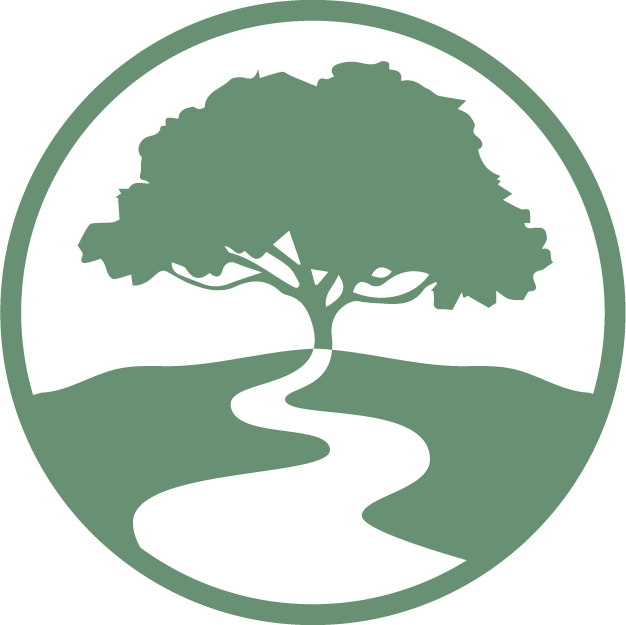Acupuncture
Acupuncture is one of many therapeutic practices developed by the Chinese over several millennia. The objective of treatment is the restoration of the autoregulatory balance between a patient’s internal and external environments. The internal environment consists of the body’s physiological processes, while the external environment consists of forces that may affect those processes such as stress, circadian rhythms etc. The human body is an adaptive, autoregulatory mechanism that is fully capable of healing itself. Through lifestyle, stress, illness, and various other afflictions, breakdowns of these systems may hinder the ability of the body to achieve balance.
Benefits
Acupuncture restores balance through the insertion of hair fine, filiform needles in acupuncture points located on the body. Its goal is to revitalize the mechanisms intrinsic to the body’s systems to generate health.
Uses
At Jung Tao School, it was said, “We treat the body in whatever state it is currently in.” Therefore, you may receive treatment for any condition at Inner Spring Acupuncture. With that being said, the WHO (World Health Organization) released an 87 page report, Acupuncture: Review and Analysis of Reports on Controlled Clinical Trials. In this report, they listed the following symptoms, diseases, and conditions that have been shown through controlled trials to be treated effectively by acupuncture:
- Low Back Pain
- Neck Pain
- Sciatica
- Tennis Elbow
- Knee Pain
- Peri-arthritis of the Shoulder
- Facial pain
- TMJ
- Headache
- Dental pain
- Acute and chronic gastritis
- Rheumatoid arthritis
- Induction of labor
- Breech birth presentation
- Morning sickness
- Nausea and vomiting
- Postoperative pain
- Stroke
- Essential hypertension
- Primary hypotension
- Renal colic
- Leucopenia
- Radiation/chemo reactions
- Allergic rhinitis,
- Hay fever
- Biliary colic
- Depression
- Acute bacillary dysentery
- Primary dysmenorrhea
- Acute epigastralgia
- Peptic ulcer
Initial Treatment
The initial treatment will begin with a general health assessment, which is the first step that leads to a plan of care that identifies the specific needs of a person and how those needs will be addressed by the practitioner and services. Chris will go over your health history form with you and answer any questions you may have. Then, he will examine your tongue’s shape, color, and coating, feel your pulse, and possibly perform some additional physical examinations depending on your individual health needs. Using this assessment, Chris will be able to recommend a proper treatment plan to address your condition. That plan may include one or more therapies described in the services section. Your initial treatment will then be given based on the findings of your chief complaint, history, and physical assessment. The initial treatment will take 90 minutes to complete as a lot of time will spent discussing your chief complaint and health history.
Follow-up Treatment
Most treatment plans will consist of multiple treatments and follow-up treatments are scheduled after the initial treatment. The follow-up treatment will begin with a discussion of the results of your previous treatment, your progress, and any questions or concerns you may have. A physical examination will take place every treatment, so your tongue's shape, color, and coating, your pulse, and any additional physical examinations necessary will be performed. Depending on your results from previous treatments and overall progress, your treatment strategy will be fine-tuned to best serve your needs.

